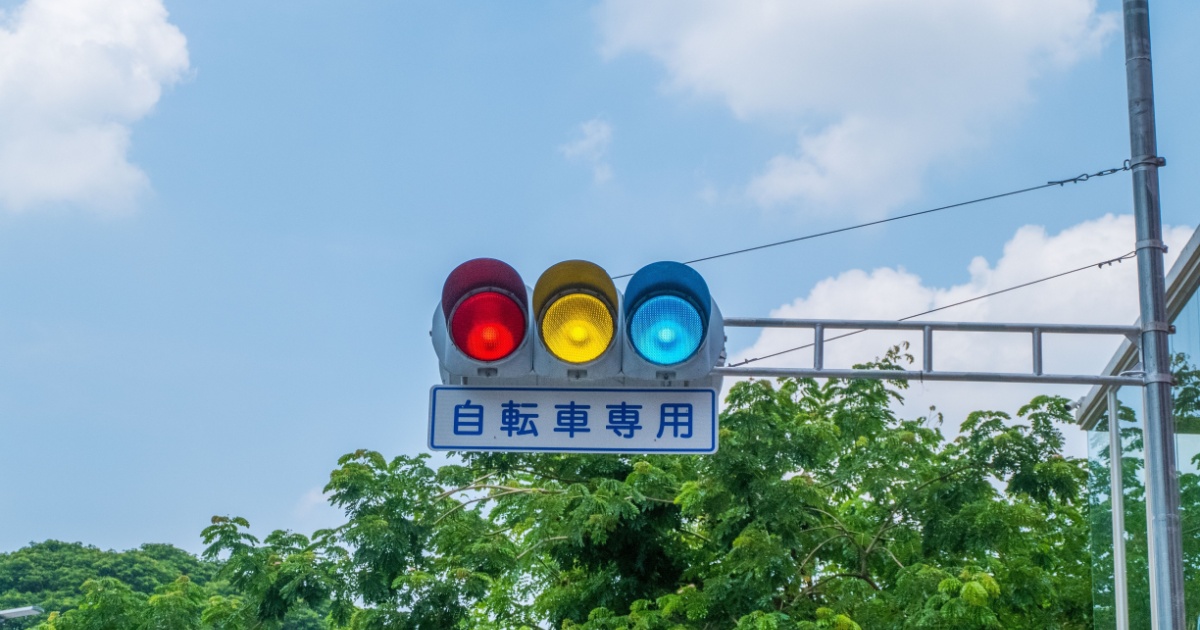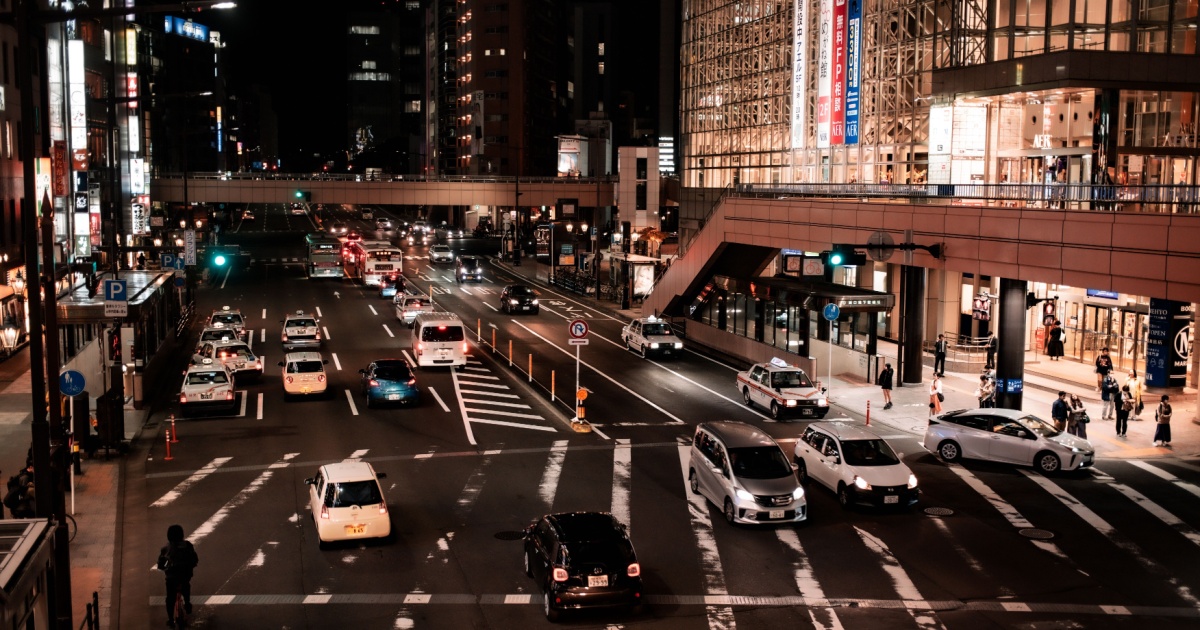

Shutterstock
Red means stop, green means go, amber or yellow means caution. In this world of ours where it is almost impossible to get people to agree on anything, these traffic colors are almost universally accepted. This is thanks to the 1968 Vienna Convention on Road Signs and Signals, which was a major push from the United Nations.
Dozens of countries signed onto that agreement, and even the ones who didn’t officially sign (often because they weren’t a part of the UN) still follow it. Two countries that are part of the UN, however, stand out as not signing. The United States still hasn’t signed it, even though the US does generally follow the standards contained within. Also, Japan has refused to sign.
For Japan, however, they didn’t just not sign, but they also don’t follow the rules listed within. Tourists who choose to drive in Japan often have a very difficult time because signs and traffic lights may not look the same as they are used to from almost everywhere else in the world.
One of the things that stands out most in Japan for foreign drivers is that not all of the traffic lights use green for go. Instead, some of them use a shade of blue.


Shutterstock
This isn’t necessarily some type of rebellion from Japan. Instead, it can be traced back to their language. In classical Japanese, the word for blue is ao. The word for green and cyan, however, is also ao. Modern Japanese does have different words for these colors, but many people still default to ao for blue, green, and cyan. You could make a comparison to how in the United States the word pink is often used for a large number of shades ranging from a very light pink to a bright neon pink to something is appears almost red.
In 1973, Japan’s government set the official standards for traffic lights in the country, and they chose the shade of green that is the closest to blue. In some parts of the country, local officials have pushed things even further to use colors that almost everyone would agree cross the line well into blue. In some ways, it has become a point of pride for the Japanese to use the blue(ish) traffic lights to mean go. It certainly sets them apart from the rest of the world.
So, if you are even driving in Japan, remember, green means go. But so does blue, and maybe cyan, or turquoise, or even teal.
If you thought that was interesting, you might like to read about a second giant hole has opened up on the sun’s surface. Here’s what it means.


AloJapan.com